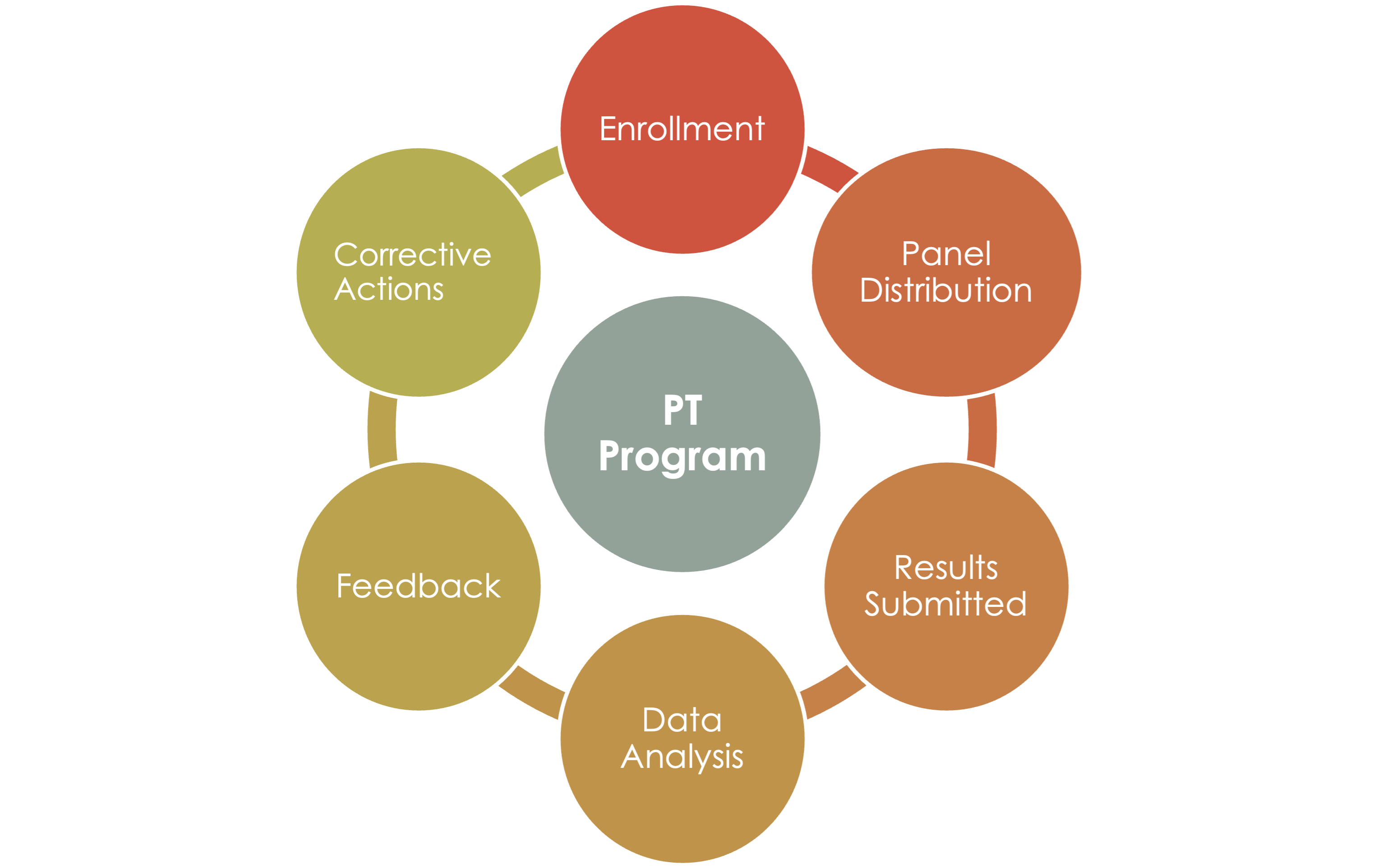
Advantages of ePT
- Reduce overall turnaround time for PT
- Web-based system reduces postal delay in getting panel response to PT Provider
- Helps PT participants to receive PT Result and relevant corrective actions on time
- Identifying relevant corrective actions
- Identify corrective actions for PT Provider to improve quality of testing
- Easy reporting analysis and data management for PT Program
- Provides and retains historical data
- Useful reports/analysis to help both PT provider and participants
In order to support efforts to achieve the first 95 of the new UNAIDS targets; there is a need to ensure every individual seeking HIV testing receives an accurate result. However, the current set of quality measures in place and funding commitments may not be sufficient to adequately ensure the accuracy of testing. With global efforts, focusing on sustainable control of the epidemic, innovative-based data driven strategies and approaches are critical to addressing the quality assurance implementation gaps.
The WHO handbook on "Improving the Quality of HIV-Related Point-of-Care Testing: Ensuring the Reliability and Accuracy of Test Results" was developed to address the weaknesses identified in existing HIV related point-of-care testing (POCT) programs. In addition it was designed to assist countries and service providers in adhering to a new set of minimum standards that promote and ensure quality assurance (QA) and quality improvement (QI) processes for HIV-related POCT within existing national QA/QI frameworks.
The Quality Assurance Cycle (QAC) outlined in the WHO handbook describes a three-phase process developed to assist ministries, health-care providers, and stakeholders in planning, implementing and sustaining QA for POCT. Conceptualized in a cycle, the QAC is a continuum of integrated planned activities that supports and promotes the accuracy and reliability of HIV related POCT. One of the innovative minimum standards emphasized in the handbook is the certification program for POCT personnel.





